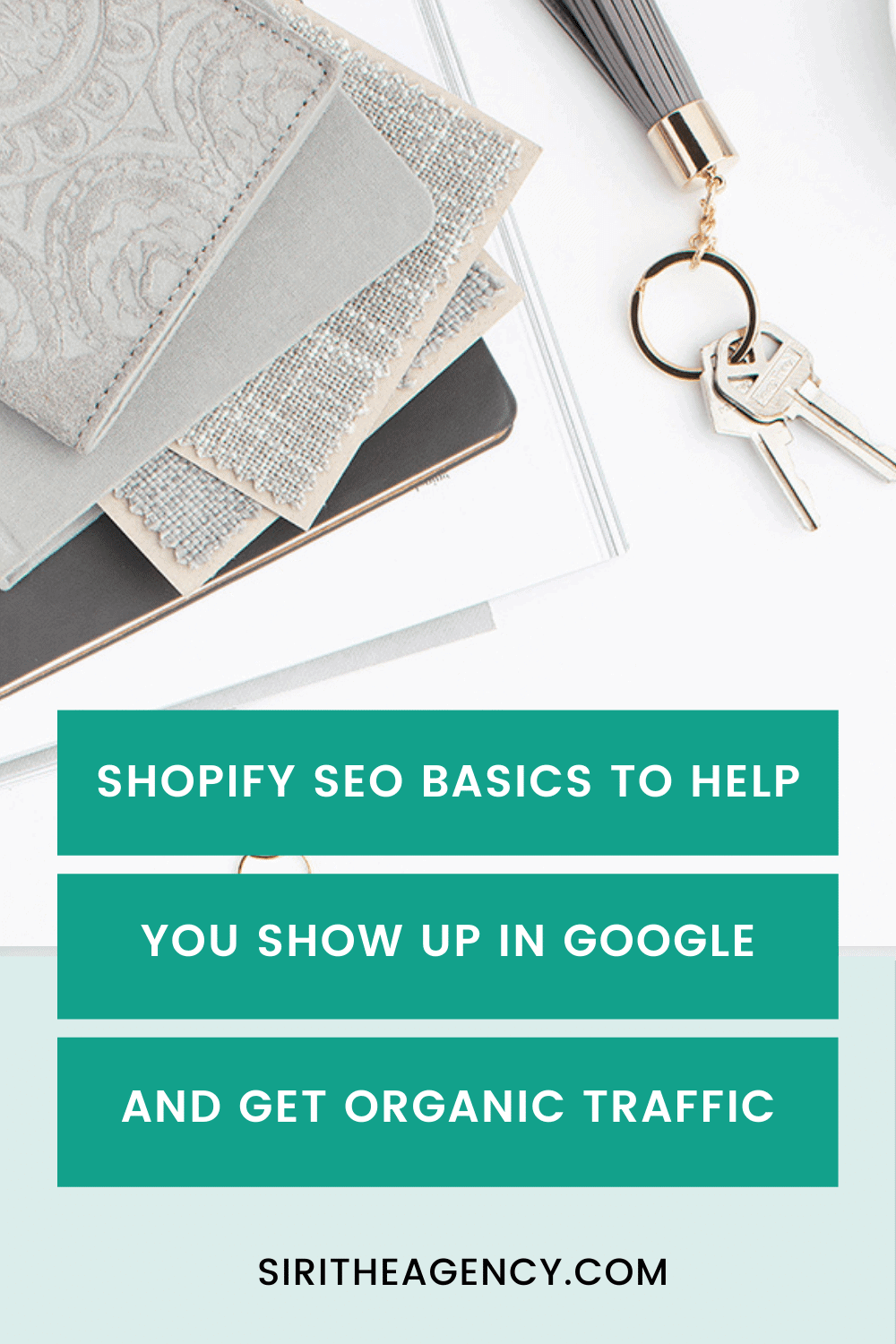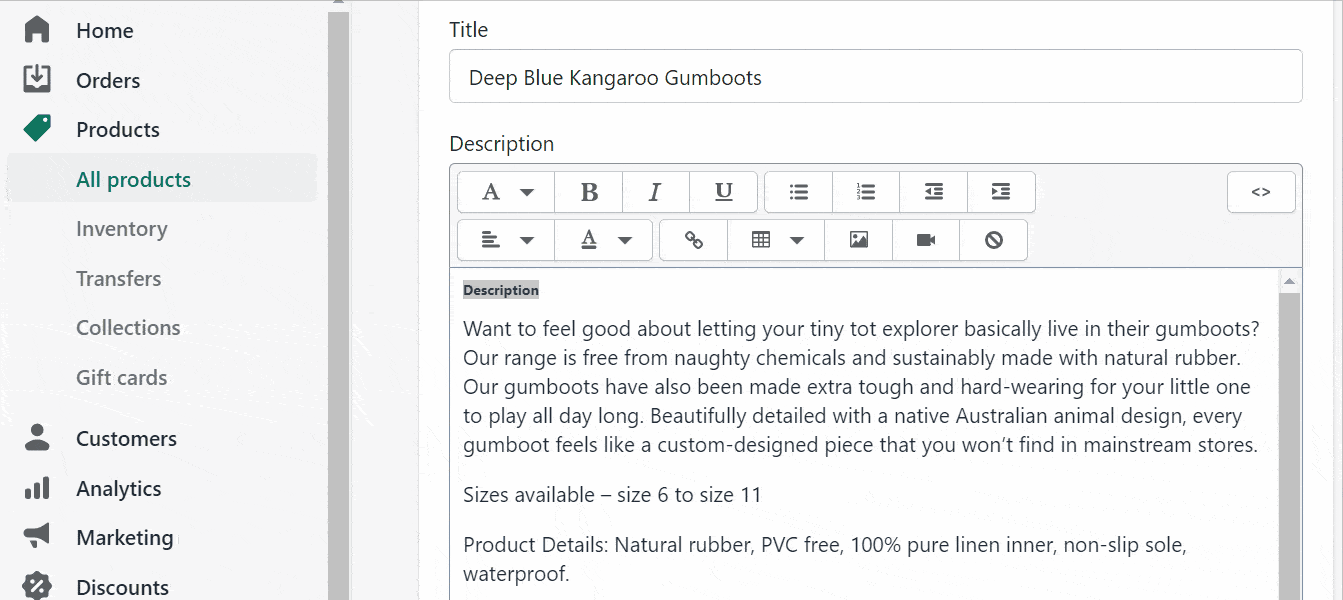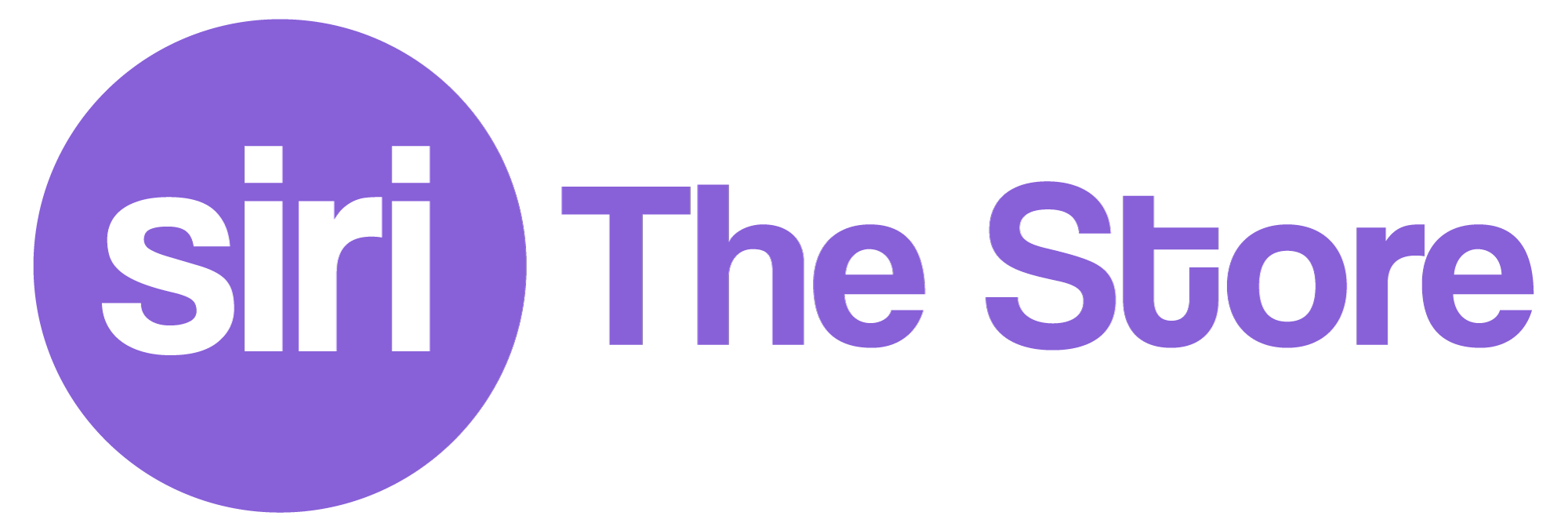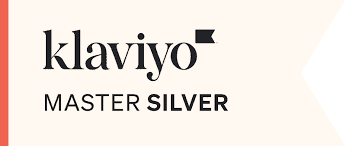So, you have a Shopify store or recently opened one? As a small to medium online business, expect to undergo trial and error when effectively getting customers to view your site and, most importantly, check out your product.
Some questions that you may ask before getting down with SEO are:
- Can you implement SEO on Shopify?
- Will it boost my store Google rank?
The answer to both questions is yes! You can use SEO with Shopify, and by setting this up correctly, you will notice that it will boost your store’s Google rank.
To get your new or existing Shopify website up and running, the use of SEO (Search Engine Optimisation) is a process that is imminent to generate heavy traffic to your site through Google.
This article is your go-to guide and a set of tips for optimising Shopify to help customers find your store.

Being on the first page of search results ensures you can generate sales without spending your profits on advertising. Now that is not to say that online advertising doesn’t work. It works effortlessly at times. However, I would like to give small to medium businesses a leg up on using and understanding the effectiveness of SEO for Shopify stores.
Picking keywords for Google to find you & for customers to buy from you
Keywords are the key ingredient to SEO. When you use keywords that relate to your Shopify store, you communicate with Google and tell it who your business is and what products it offers.
The best way to work out your ideal keywords is to do a two-part homework task for your business.
- Put yourself in the customer’s shoes and think about what they would search to find your product. This is also called Search Intent. For example, if you sell tracksuits, potential searches would be ‘tracksuit sets’, ‘warm tracksuit’, ‘sweatpants & jumper’, or even ‘trackies that don’t pill’.
- Use Google Keyword Planner to see recorded statistics of what keywords work best for your store. You do need to setup a Google Ads account first (don’t worry, you don’t actually need to spend money on ads to access the keyword planner). Another great free tool is Keyword Surfer Chrome Extension which allows you to reveal Google Search data and run keyword research.
RULE OF THUMB: It’s harder to rank on broader keywords due to major retailers dominating this space! For example, it isn’t recommended to use the keyword ‘shoes’ if you own a shoe store.
Put the keywords in the right places
Once you have your keywords ready, you need to place them correctly to boost your store’s Google rank.
Follow these crucial elements that determine the execution and effectiveness of keywords.
Your Homepage Title and Meta Data description will reflect on Google Search pages.
In Shopify, go to Online Store followed by preferences to change your title.

Optimise your Product & Page URLs
In Shopify, go to the Product or Page and scroll to the bottom of the page. Note to keep your page titles under 60 characters and always include your main keywords near the beginning of your page title.
Keep your meta descriptions punchy and under 155 characters. The copy you write here should clearly describe the content on the page and also be compelling enough to click.

Add ALT Text to your images
Alt text and image descriptions are used to tell Google your shop name and product name. For example, ‘black sneakers [shop name]. Google Images account for nearly 23% of all web searches, so ensure search engines can “read” your images with alt text. That’s why alt text is so important!
On the product pages and/or your homepage, click on the image and optimise the:
- File name: Give each image file an informative name (e.g. gumboots-for-toddler.jpg rather than IMG34255.jpg).
- Image Alt text: Explain what each image is and write this in the Alt Text section. Don’t try to cram in more keywords, only include keywords that are natural and really explain the image.
- Image size: Large images can slow down your pages. Compress images to improve page speeds.

Structure your page with headers tags
Headers and titles (H1 Tags) are one of the central locations that Google looks at to see what your store is all about. Ensure you are using ONLY one H1 tag on your page. H1 (header 1) tags often are used as the main headline for a page and usually contain the page’s main keywords.
The good news is that Shopify automatically creates a H1 tag for every page/product title. Therefore avoid manually adding an H1 tag anywhere else on the page. Instead, structure your page with H2 and H3 titles. Just like I am doing to the blog post here!

Use unique and compelling copy
Don’t underestimate the power of copy (= text). Please DO NOT copy your manufacturer’s product description because, chances are, many other sites have already done so. Google doesn’t reward duplicate content, so always try to make your product titles and descriptions as unique as you possibly can. I love using Copysmith.ai for some extra help and inspiration.
Make sure to run your pages through a copy scraper to check the world wide web for copycats!
Keep in mind Shopify recommends that every product page and category page has at least 250 words of descriptive text.
Distribute your content with internal links
The more connected your website is, there is a higher chance of Google understanding your store and products. Adding internal links between the home page and product pages and category links to products from your blog is essential to keep everything connected. Done right, you can improve your search engine rankings.
The idea is to link pages of specific topics to other pages with relevant content. This helps search engines recognise your topical authority, categorise your content, and rank your pages.
Create internal links through:
- Related items. When a visitor is on your product page, you can show related products. Google will understand these two items are related and index accordingly.
- Feature items. Show featured items on your homepage or category pages that link to product pages.
- Blogging. Create articles about specific products and topics related to your brand. You can link to products or other pages from the post.
Learn more about links by reading the Internal Linking [SEO 2021] guide by Moz.
And talking about links, don’t forget to fix your broken links too. These will negatively impact your customer experience and Google rank. It might just be you made a typo or deleted a page. You can use a broken link checker like this one.
Backlinks that connect to your Shopify store
Use natural link behaviour. Google utilises an algorithm based on the number of links other sites are posting that revert back to your store. For example, if the Daily Telegraph posts a link about your product, chances are Google will trust your store more.
Reach out to (online) publications or use a PR agency to help with link building.
Tip! Use mention.com to find any places your online store is mentioned without being linked. Ask them to add the link.
RULE OF THUMB: Google tracks paid backlinks and farm links. Try to keep backlinks organic.
Inspire customer reviews
Google appreciates creative and bespoke content. If there is evidence of high user activity and gratification, your rank will rise. The best bonus to reviews on top of Google recognising your site is SALES, SALES & MORE SALES.
You can simply start by installing the free Shopify app, Product Reviews. Step it even up a notch by setting up automated emails through Klaviyo or sending out a card with your orders where you ask people to leave a review. Incentivising them by giving a discount might help you too!
Write blogs
Writing blogs and creative content is one of the most potent ways to utilise SEO. This gives you a chance to add even more keywords and ORGANICALLY generate backlinks to your Shopify store through blogs. It is recommended to publish at least one blog a week. Do you need help with this? Just reach out and we can put a pen to paper for you.
Now that you have a map of what needs to be done to enhance your SEO for your Shopify store, you are ready to tackle Google with everything that you got!
Suppose you have any questions regarding SEO or other digital marketing services to increase traffic to your Shopify store. In that case, just shoot an email to contact@siritheagency.com and I will be happy to help.






